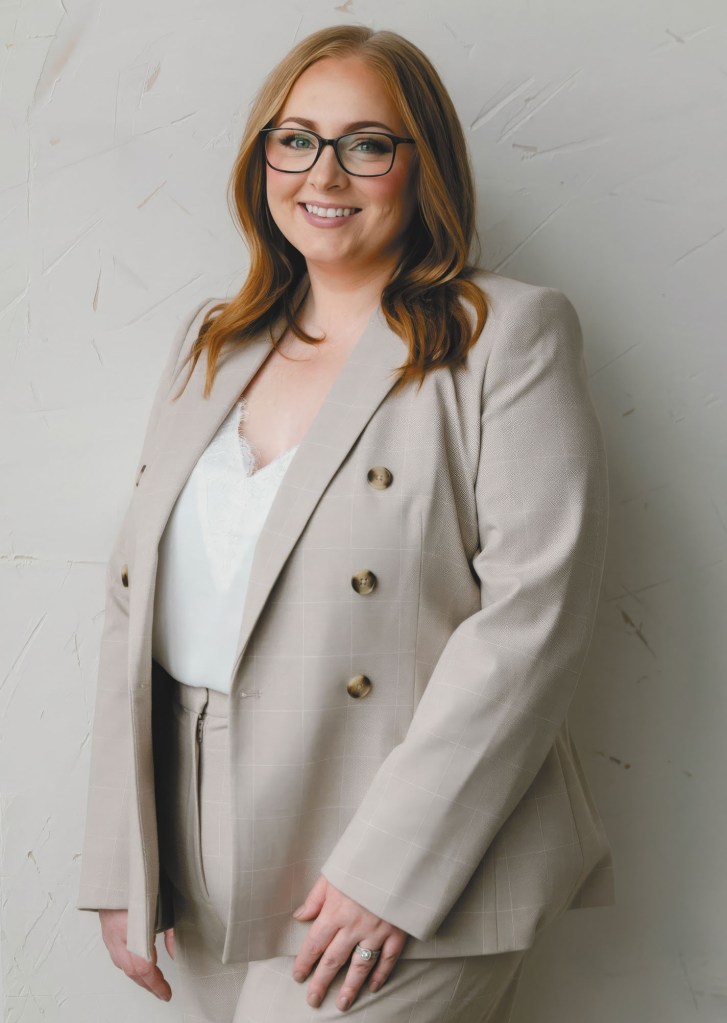3 Trends Fueling M&A Activity in 2018

By: Will Jones
Investor uncertainty leading up to and following the 2016 U.S. election restrained merger & acquisition activity through the first half of 2017. But in the early part of 2018, it’s been a different story.
“The year is off to a strong start,” says Boris Lukan, M&A and Restructuring Practice Leader for Deloitte. Before Easter, “there were five deals in the U.S. insurance marketplace of $1 billion or more. There were only seven all of last year of that size.”
According to Deloitte’s 2018 Insurance M&A Outlook, valuations for property-casualty organizations were near the upper end of a 10-year range. What’s behind the increase in valuations and the positive M&A environment?
1) Changes at the top. Lukan says the last couple of years marked quite a few significant leadership changes for a handful of major insurance players. A whole set of new CEOs at globally prominent insurers that have a track record of growth by M&A have now entered the fray.
“I think these new leaders are looking to make their mark,” Lukan says. “This new class of CEOs is looking move the needle.”
2) New buyer types. Sovereign wealth funds, pension funds and special purchase acquisition companies that have a materially lower cost of capital are emerging as highly competitive buyers in the U.S. insurance space, according to Deloitte’s report.
In particular, Lukan singles out closed-block specialists as a new buyer type to watch. Due to the lower cost of capital, the creation of a superior admin platform and superior investment management skills, “they have a competitive advantage,” he explains. “This is another factor that is creating a more competitive environment and is contributing to the size of valuations.”
3) European interest. The U.S. insurance market continues to attract the interest of foreign investors, particularly from Japan and China. However, European buyers are also looking to get in on the action.
“I think the Europeans are advantaged right now because they have relatively strong acquisition currency and the U.S. market is particularly attractive,” Lukan says.
“There’s also been a change in business confidence and optimism,” Lukan adds. “Companies are willing to pay valuations that are among the highest we’ve seen in a long time.”
Will Jones is IA assistant editor.










